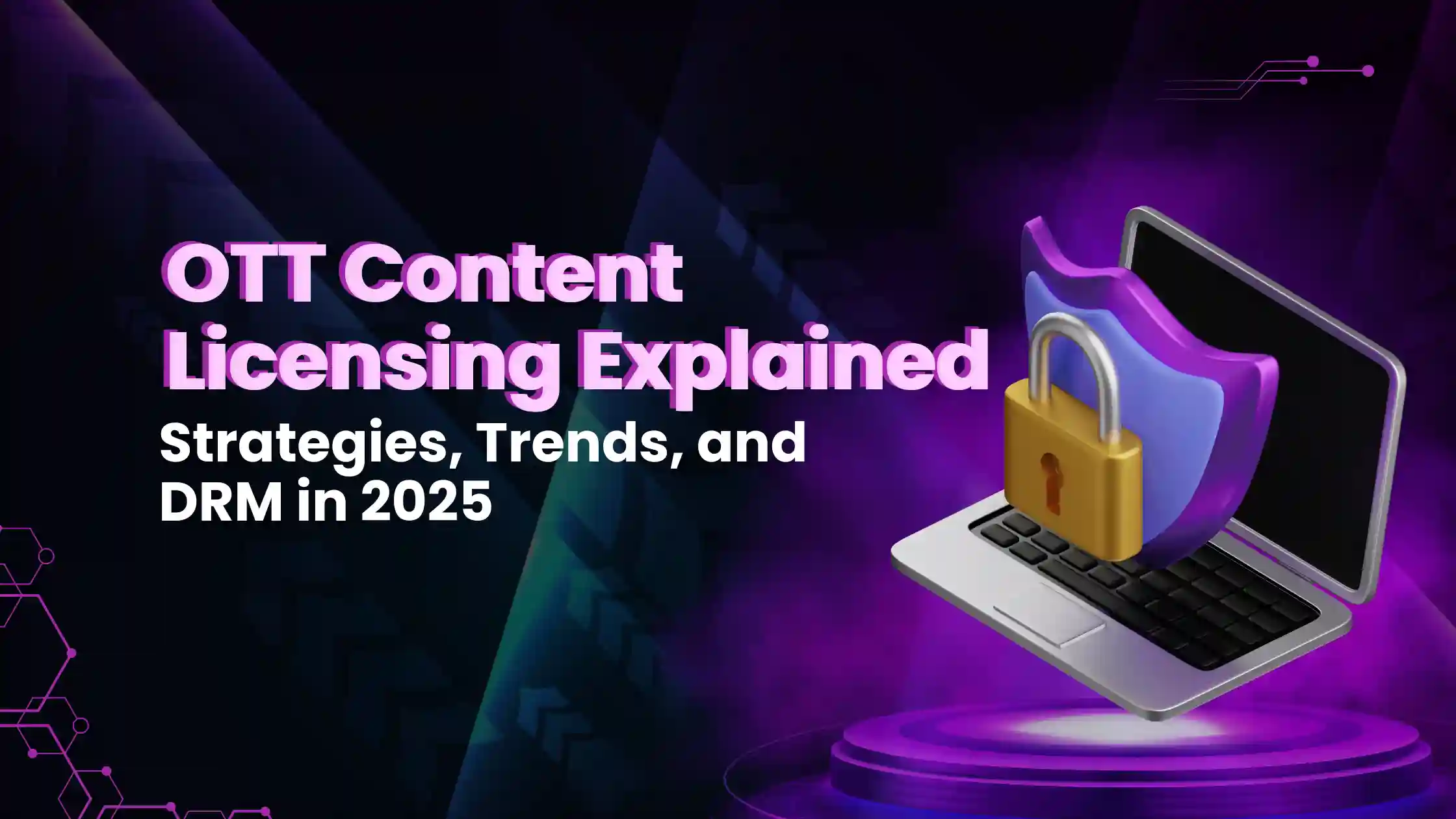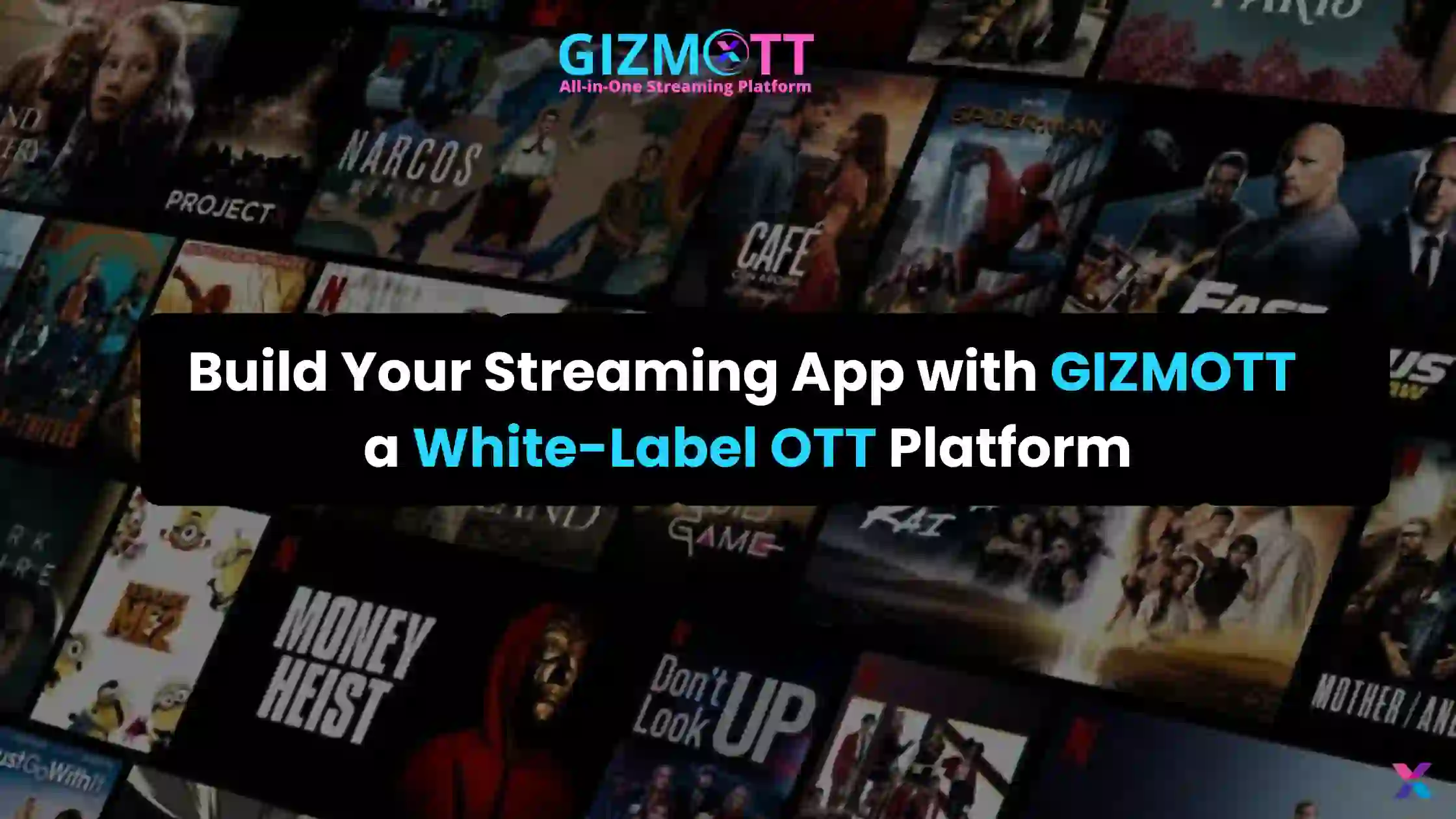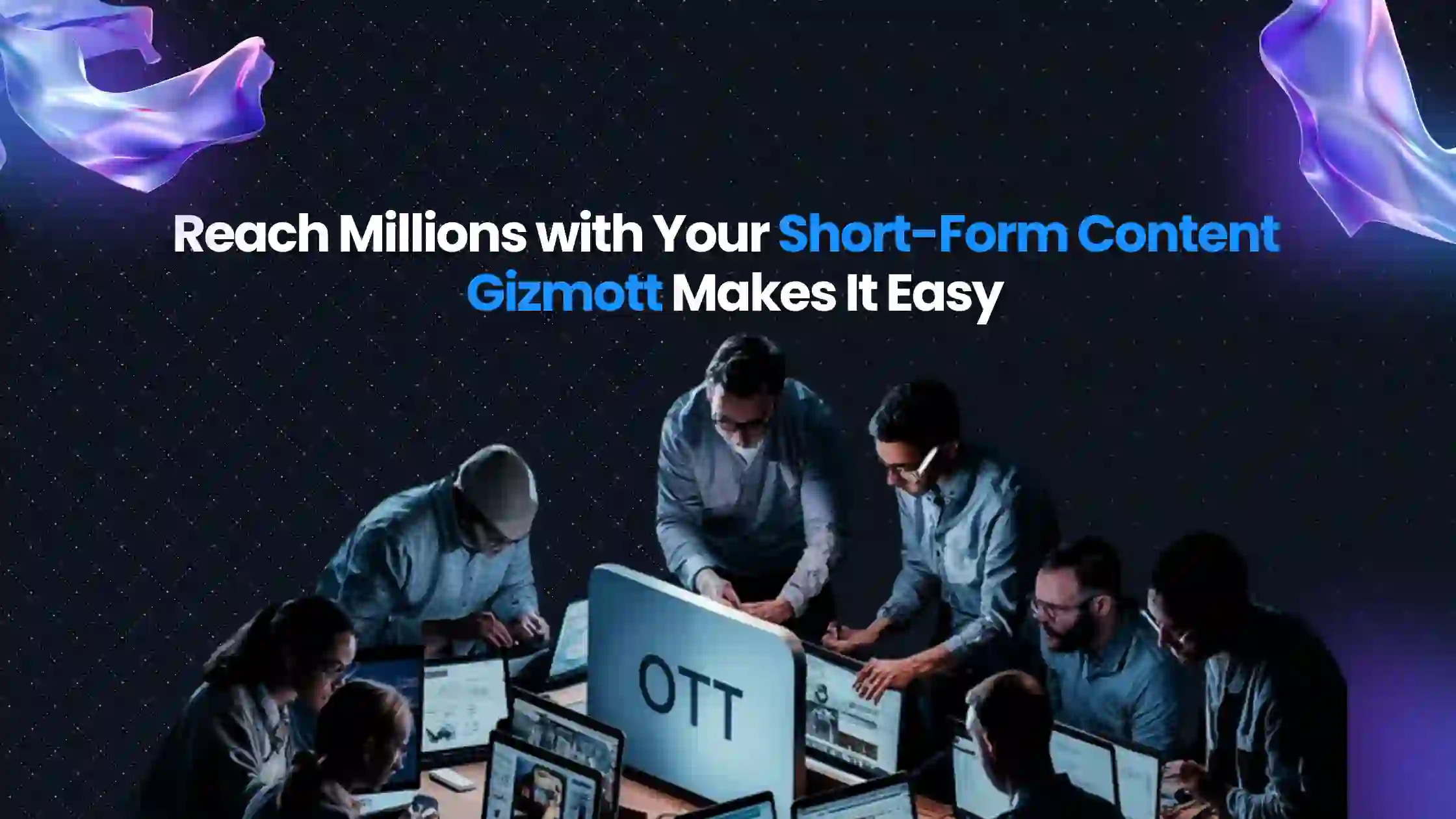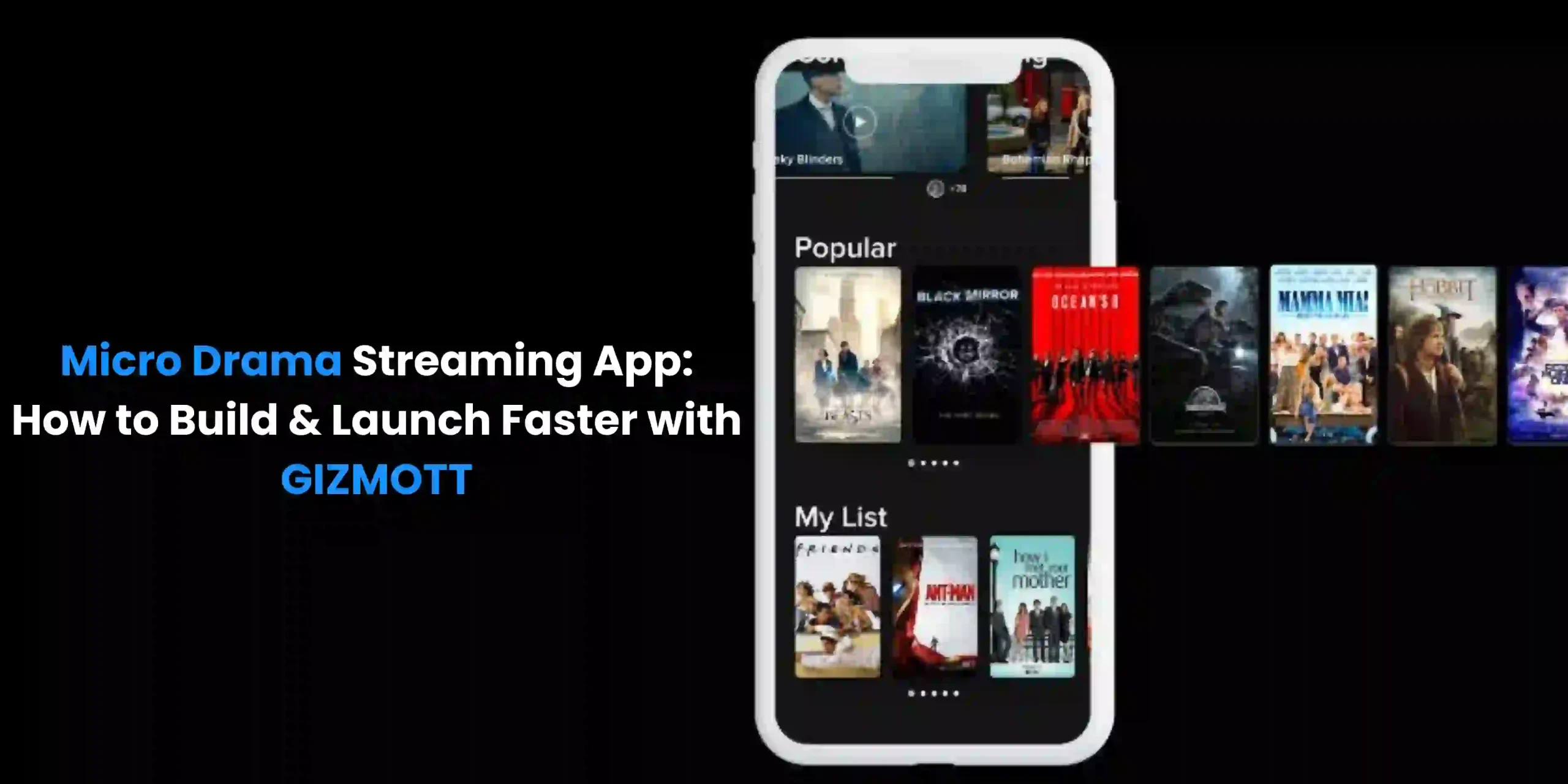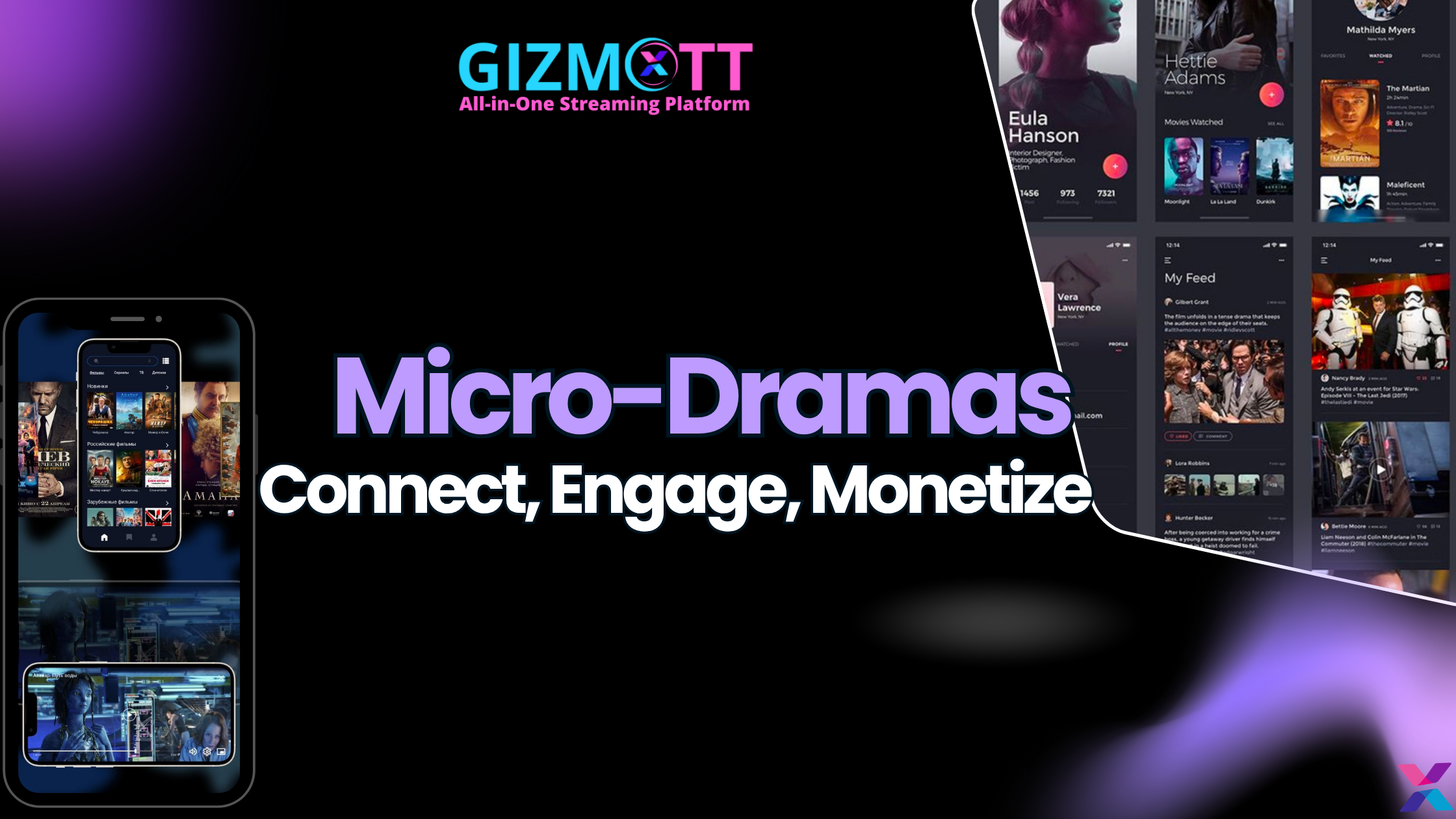Why Copyright and Licensing Matter More Than Ever in OTT
In 2025, OTT platforms are no longer just entertainment gateways—they are billion-dollar ecosystems. From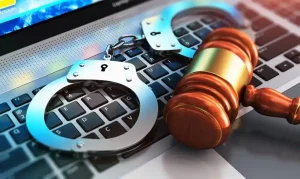 Netflix to regional startups, OTT content licensing and copyright compliance have become critical for survival. With global video streaming revenue projected to hit $180 billion by 2027, and thousands of hours of content uploaded daily, ensuring legal ownership and licensing of content is now a top priority.
Netflix to regional startups, OTT content licensing and copyright compliance have become critical for survival. With global video streaming revenue projected to hit $180 billion by 2027, and thousands of hours of content uploaded daily, ensuring legal ownership and licensing of content is now a top priority.
But how exactly do OTT platforms manage licensing and copyright behind the scenes? What are the systems and strategies they use to stay compliant while competing globally? Let’s break down everything you need to know.
Table of Contents
-
- What is OTT Content Licensing?
- How Copyright Works in the Streaming World
- Trends in OTT Licensing and Copyright Management
- Types of Content Licenses OTT Platforms Use
- How OTT Platforms Acquire Streaming Rights
- DRM and Digital Rights Management in OTT
- Challenges in OTT Copyright Compliance
- FAQs on OTT Content Licensing
- Gizmott’s Role in DRM Integration
- Conclusion
1. What is OTT Content Licensing?
OTT content licensing is the process of legally acquiring rights to distribute, stream, or sell video content over the internet. It ensures the platform either owns or has permission to stream that content without violating copyright laws. Whether a platform is buying a movie from a studio or licensing a series from a creator, the legal framework must be tight.
This term is often interchanged with video streaming licensing, streaming rights acquisition, and digital content rights. Regardless of the name, it plays the same crucial role—keeping platforms legal and creators protected.
2. How Copyright Works in the Streaming World
Copyright grants creators exclusive rights over their content. In the OTT world, it protects original works—films, shows, documentaries, web series—from being distributed or duplicated without permission.
OTT platforms must ensure:
-
- The content is licensed from its original owner
- Distribution territories are clearly mentioned
- Time periods for streaming are defined
- Proper royalties are paid
Failing to do so can lead to lawsuits, takedown notices, or even regional bans.
3. Trends in OTT Licensing and Copyright Management
The OTT content licensing landscape is evolving rapidly. Here are the top trends in 2025:
-
- Global licensing deals: Platforms are buying multi-region rights to expand reach.
- Exclusive originals: More OTT platforms are investing in original content, owning full rights.
- Short-term content windows: Instead of lifetime rights, platforms now buy content for 3 to 12 months.
- AI-driven copyright detection: Platforms are using AI to detect unauthorized content.
- Rise of regional content: Licensing local content with subtitles/dubbing for global markets is booming.
According to recent data, over 62% of licensing deals in 2024 were for exclusive content. Platforms are now prioritizing ownership over leasing.
4. Types of Content Licenses OTT Platforms Use
Understanding the types of licenses is essential for content acquisition teams. The most common ones include:
-
- Exclusive License: Only one platform can stream the content.
- Non-exclusive License: Multiple platforms can access the same content.
- Transactional Video on Demand (TVOD): Users pay per view.
- Subscription Video on Demand (SVOD): Access via monthly subscriptions (like Netflix).
- Ad-supported Video on Demand (AVOD): Free content with ads.
These models affect how OTT platforms plan streaming rights negotiations and revenue forecasts.
5. How OTT Platforms Acquire Streaming Rights
Acquiring OTT streaming rights involves multiple steps:
-
- Content Research: Identify trending or high-demand titles.
- Contact Rights Holder: Studios, distributors, or independent creators.
- Negotiate Terms: Define platform, region, duration, and royalty split.
- Legal Clearance: Ensure no third-party claims exist.
- Contract Sign-off: Finalize the digital rights agreement.
Many platforms now use automated contract management systems to streamline licensing workflows.
6. DRM and Digital Rights Management in OTT
Digital Rights Management (DRM) is the technology backbone of OTT copyright management. It ensures that only authorized users can view or download content and prevents piracy.
Key components include:
-
- Encryption of video content
- Token-based access
- Device compatibility restrictions
- Watermarking and fingerprinting
Popular DRM systems: Google Widevine, Apple FairPlay, Microsoft PlayReady.
Platforms must integrate DRM solutions to protect OTT content licensing investments and keep piracy at bay.
7. Challenges in OTT Copyright Compliance
Even with strong systems, OTT platforms face multiple hurdles:
-
- Territorial restrictions: One license may not cover all regions.
- Piracy and unauthorized sharing: Screen recordings, torrents, and re-uploads.
- Shorter content lifecycles: Platforms must renew licenses often.
- Cross-platform delivery: Ensuring compliance across mobile, TV, and web.
To mitigate risks, most OTT platforms collaborate with DRM providers and implement AI-driven compliance checks.
8. FAQs on OTT Content Licensing
What happens if an OTT platform streams unlicensed content?
It can face legal action, fines, takedown notices, or lose user trust permanently.
Can one movie have multiple licenses?
Yes. A movie can be licensed for different regions, platforms, and durations separately.
How do OTT platforms know if a license is valid globally?
Licensing contracts mention territorial rights. Platforms must cross-check for exclusivity and regional clauses.
Do all platforms use DRM?
Most serious platforms do. Without DRM, high-value content is vulnerable to theft.
9. About Gizmott – Enabling DRM-Protected OTT Streaming
For OTT platforms looking to stay on the right side of copyright compliance, Gizmott – the Top OTT platform service provider offers seamless support. While Gizmott doesn’t provide its own proprietary DRM system, it integrates third-party DRM protection to ensure your content remains secure and rights-managed across devices.
Whether you’re launching a regional streaming service or a global VOD platform, Gizmott enables scalable OTT infrastructure with built-in access to third-party DRM solutions, adaptive streaming, monetization tools, and analytics. It’s the go-to choice for content creators and distributors who want to prioritize OTT content licensing while delivering an exceptional user experience.
Learn more at gizmott.com
10. Conclusion
In today’s hyper-competitive streaming ecosystem, strong OTT content licensing and copyright protection isn’t just a legal checkbox—it’s a business differentiator. Platforms that invest in airtight licensing agreements, robust DRM solutions, and transparent rights management will not only avoid legal pitfalls but also build lasting trust with creators and audiences.
With streaming projected to dominate global media in the next five years, mastering OTT copyright management is no longer optional—it’s essential. Whether you’re a content owner, a platform provider, or a new startup, understanding and implementing these licensing strategies will keep you ahead of the curve.
